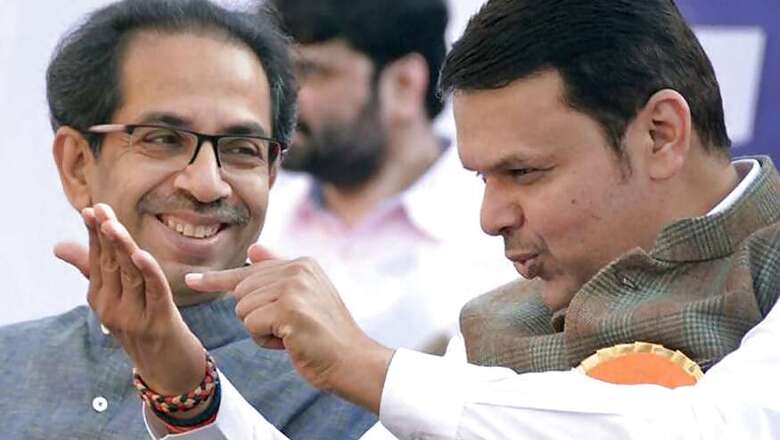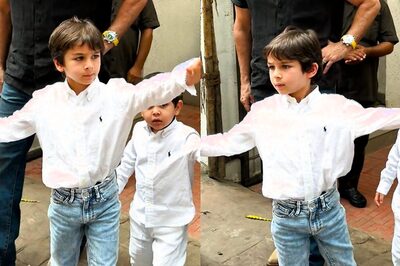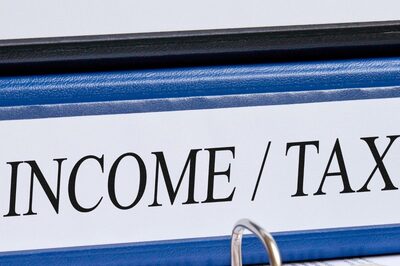
views
Mumbai: Chief Election Commissioner Sunil Arora on Saturday announced the schedule of polls to elect 288 members of the Legislative Assembly. While last date for nomination is October 4, the state will vote on October 21 and counting will be held on October 24.
The key contenders for the 2019 elections are NDA allies Shiv Sena and BJP, while Sharad Pawar's Nationalist Congress Party (NCP) has joined hands with Congress to fight on 125 seats each.
Arora said that two officers, who were instrumental in exposing malpractices in Vellore, are being sent to Maharashtra as expenditure observers. "Gadchiroli and Gondia (Naxal-affected areas) will have special security. Adequate paramilitary will be sent for rest of state," he said.
In 2014, although the Bharatiya Janata Party (BJP) and the Shiv Sena fought the general elections in partnership, the two allies contested solo during the state elections in Maharashtra. Likewise, Congress and Sharad Pawar’s Nationalist Congress Party (NCP), who fought in alliance during the Lok Sabha elections, contested alone in state elections.
The BJP, which contested on 260 of the total 288 seats in the state, returned 122 MLAs — nearly double than its best seat tally till then (65 seats in 1995). Shiv Sena on the other hand, which contested on 282 seats, won 63 seats. In an obvious turn of events, BJP and Sena joined hands to throw Congress-NCP government out of power and Devendra Fadnavis was sworn-in as the chief minister of the state.
Like any of the BJP’s wins in state elections post-2014 Lok Sabha success, analysts credited PM Narendra Modi’s popularity for the saffron party’s sweep in Maharashtra. The party added 76 seats to its 2009 tally and almost doubled its vote-share to emerge as the single-largest party on the back of the ‘Modi wave’, as it is generally called.
Congress and NCP, which ruled the state for 15 years in coalition, secured 42 and 41 seats, respectively.
The vote-share of all the four major parties remained almost the same as it was during the 2014 general elections. While the BJP received 27.81 per cent of the valid votes, Sena collected 19.35 per cent of the votes. Congress edged past NCP with a vote-share of 17.95 per cent compared to NCP’s 17.24 per cent, to end in third place.
This year too, both the BJP and Sena as well as Congress and NCP contested the 2019 Lok Sabha elections in alliance where the former two secured 41 (23 for BJP and 18 for Sena) of the total 48 parliamentary seats together, while the Congress-NCP combined could manage only five (four for NCP and one for Congress).
However, recent developments in Maharashtra’s political landscape have again made way for speculations regarding disagreements between BJP and Sena as far as seat sharing is concerned, putting a question mark on whether the two would contest together or go solo like they did in 2014.
Moreover, another factor that would be worth following in the upcoming elections is that how Prakash Ambedkar’s Vanchit Bahujan Aghadi (VBA) would perform. A News18.com analysis of 2019 Lok Sabha elections results earlier this year had shown that VBA benefited the BJP-Sena alliance by splitting Dalit votes in at least seven parliamentary seats. While VBA received 14 per cent of the total valid votes in the state, in at least seven constituencies its votes were more than the margin between BJP-Sena and Congress-NCP combine.
Ambedkar had, however, said that it was in fact the grand old party which cost VBA at least 10 Lok Sabha seats.




















Comments
0 comment